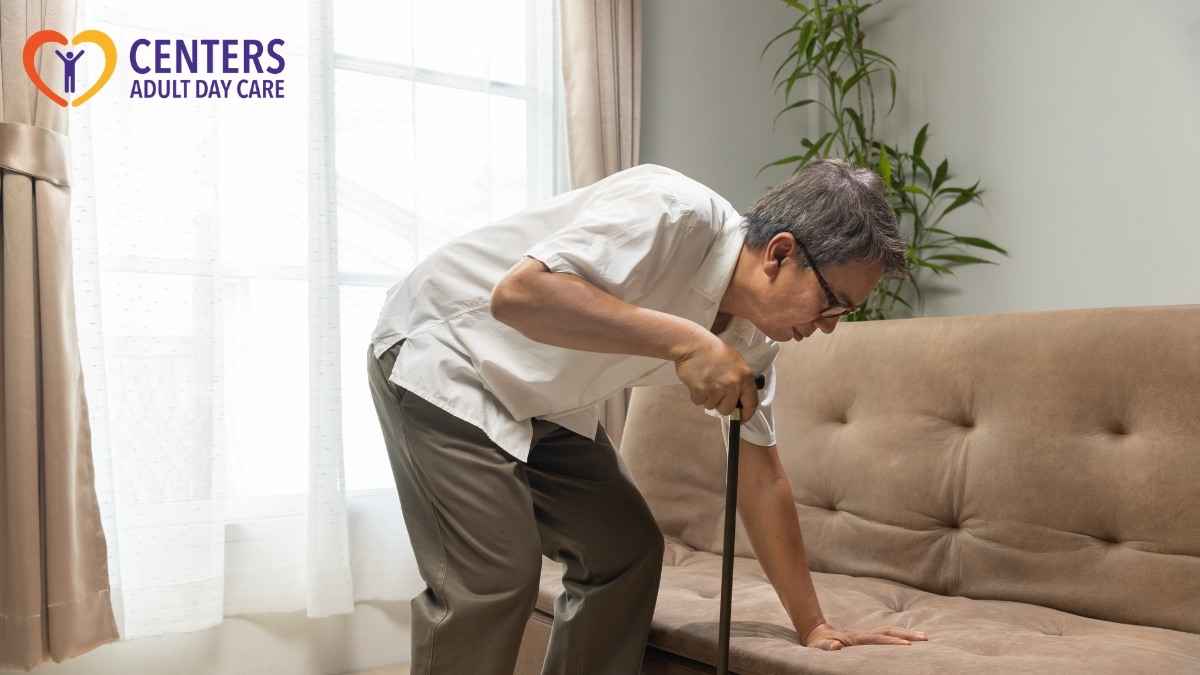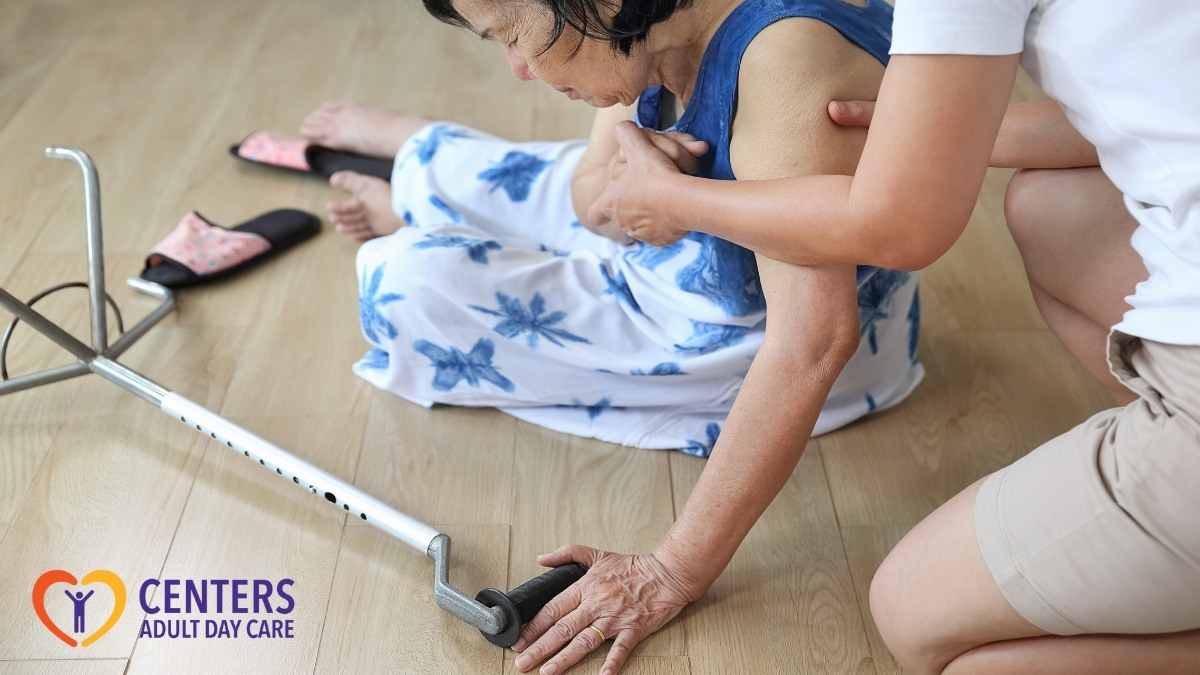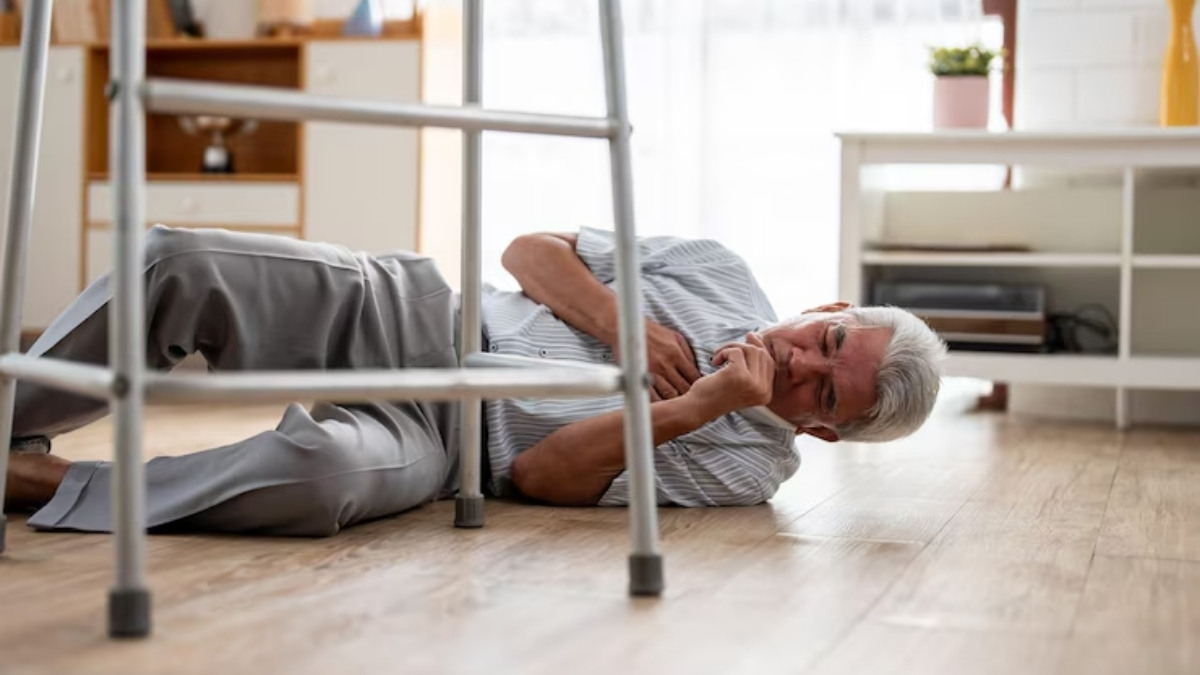Key Points:
- Falls are a common concern for seniors, especially in social settings like adult day care centers.
- Effective fall prevention includes both environmental safety measures and personal health management.
- Caregivers and seniors can work together to create safer, more engaging daycare experiences.
Mornings at adult day care can be the highlight of the week—sharing stories, laughing with friends, joining in group activities. But if you’ve ever worried about a loved one tripping, slipping, or falling while attending, you’re not alone. Fall prevention is one of the top safety priorities for seniors in adult day care settings.
Whether you’re a caregiver looking for peace of mind or a senior attending a program yourself, understanding how to reduce fall risks can make a big difference in daily comfort and confidence.
Why Fall Prevention in Adult Day Care Matters
Falls are the leading cause of injury among older adults, and unfortunately, they often result in hospital visits, reduced mobility, and loss of independence. While adult day care centers are designed to support safety and well-being, they’re still dynamic environments—people move around, participate in activities, and use shared spaces.
When seniors are in unfamiliar settings or engaging in new activities, the risk of falling can increase. That’s why it’s crucial for both staff and families to prioritize proactive measures that protect mobility and ensure a safe, enjoyable experience.
Recognize Common Fall Risks in Adult Day Care Centers
Understanding the specific risk factors that contribute to falls is the first step in prevention. In adult day care settings, some of the most common fall risks include:
1. Environmental Hazards
These are external factors in the physical space. Even well-kept centers can present challenges like:
- Slippery floors or recently cleaned surfaces.
- Uneven rugs or mats.
- Cluttered walkways or poorly placed furniture.
- Inadequate lighting in certain areas, like restrooms or hallways.
2. Footwear and Clothing
Improper shoes, like flip-flops or worn-out slippers, can lead to slips. Loose clothing that drags or catches can also increase tripping hazards.
3. Health-Related Risks
Many seniors live with balance issues, muscle weakness, low vision, or chronic conditions such as arthritis or diabetes. These can affect how confidently and safely they move around.
4. Medication Side Effects
Some medications cause drowsiness, dizziness, or drops in blood pressure—all of which can impair balance or coordination.
5. Fatigue and Overexertion
Engaging in too many activities or walking long distances without rest can tire seniors out and lead to accidents.
By identifying these risk areas, both caregivers and center staff can take action to improve safety.
 Create a Safer Environment at the Day Care
Create a Safer Environment at the Day Care
Now that we’ve explored the common risks, let’s dive into how adult day care centers—and families—can work together to make the environment safer for seniors.
Evaluate the Layout
The setup of a room can play a big role in fall prevention. Clear, open walkways with plenty of space to move are essential. Chairs and furniture should be sturdy and placed with enough distance between them to allow walkers or wheelchairs to pass easily.
Use Non-Slip Materials
Adding non-slip mats in bathrooms, near entrances, and beneath tables helps secure footing. Chairs with rubber tips and handrails in hallways and bathrooms can provide extra support.
Improve Lighting
Good lighting reduces shadows and helps seniors with vision impairment see clearly. Lights should be bright but not glaring. It helps to have motion-activated lights in hallways or bathrooms so that no one ever walks into a dark room.
Keep Floors Dry and Clutter-Free
Whether it’s a spill from a drink or a rainy umbrella at the door, floors should be checked regularly and cleaned immediately when wet. Cords, bags, or newspapers should never be left in walkways.
Empower Seniors Through Personal Readiness
Safety doesn’t end with the environment—it also depends on each individual’s health and habits. Seniors can take steps, with support, to improve their own fall prevention efforts.
Encourage Appropriate Footwear
Shoes should be comfortable, fit well, and have non-slip soles. Avoid sandals, backless shoes, or anything without proper support.
Stay Active with Balance and Strength Exercises
Simple exercises like seated leg lifts, tai chi, or light stretching can improve balance and stability over time. Many adult day care programs offer group classes, but individual routines can be done at home as well.
Keep Hydrated and Nourished
Dehydration and skipping meals can lead to lightheadedness. Having regular meals and drinking water throughout the day helps maintain energy and alertness.
Communicate Health Changes
If a senior feels dizzy, weak, or unusually tired, that information should be shared with staff immediately. Caregivers should also inform the day care center about recent medication changes or new health concerns.
Work Together With Day Care Staff and Caregivers
Strong communication is a pillar of fall prevention. Family members and adult day care staff should be in regular contact about:
- Mobility changes or increased fatigue.
- New medications or health diagnoses.
- Any falls or near-falls that happen at home.
Centers can also provide ongoing fall risk assessments and customize care plans for individuals who are at higher risk. For example, someone recovering from a hip injury may need closer supervision or assistive devices like a walker or gait belt during transitions. Establishing consistent routines around mobility support and daily activities can further enhance safety and well-being—highlighting The Importance of Routine for Seniors in Adult Daycare.
Encourage Participation While Supporting Safety
It’s important to strike a balance between promoting social engagement and managing risk. Seniors benefit immensely from participating in group activities—but accommodations can make those activities safer.
For example:
- Craft sessions can be seated, with materials within easy reach.
- Games can be adapted to reduce the need for fast movement.
- Group walks can be supervised, with handrails or walking aids encouraged.
Rather than limiting activity, fall prevention in adult day care is about enabling seniors to participate more confidently.
Watch for Warning Signs of Fall Risk
Even with the best precautions, seniors may begin to show signs that they’re at higher risk of falling. Look out for:
- Hesitation when walking or standing.
- Holding onto furniture or walls for support.
- Changes in posture or gait.
- Complaints of dizziness or blurred vision.
Early intervention can prevent a minor issue from becoming a serious incident.
 Advocate for Fall Prevention Training and Policies
Advocate for Fall Prevention Training and Policies
Families can ask adult day care centers about their safety protocols. Key things to look for include:
- Staff trained in fall prevention and first aid.
- Routine safety inspections of equipment and the facility.
- Clear incident reporting and follow-up procedures.
- Individual care plans that consider mobility and health needs.
A proactive center is one that treats fall prevention not as an afterthought, but as a foundational part of care.
Choose Confidence and Care—Visit Centers Adult Day Care
Feel safe, stay active, and enjoy your day. If you’re looking for adult day care in New York where fall prevention and personalized safety are part of the daily routine, Centers Adult Day Care is one of the best places to start.
Our programs are built around helping seniors stay engaged, mobile, and protected throughout the day. With trained staff, accessible environments, and a commitment to individual care, we help families feel secure and supported.
Come see how we can help your loved one thrive safely—contact us today.


